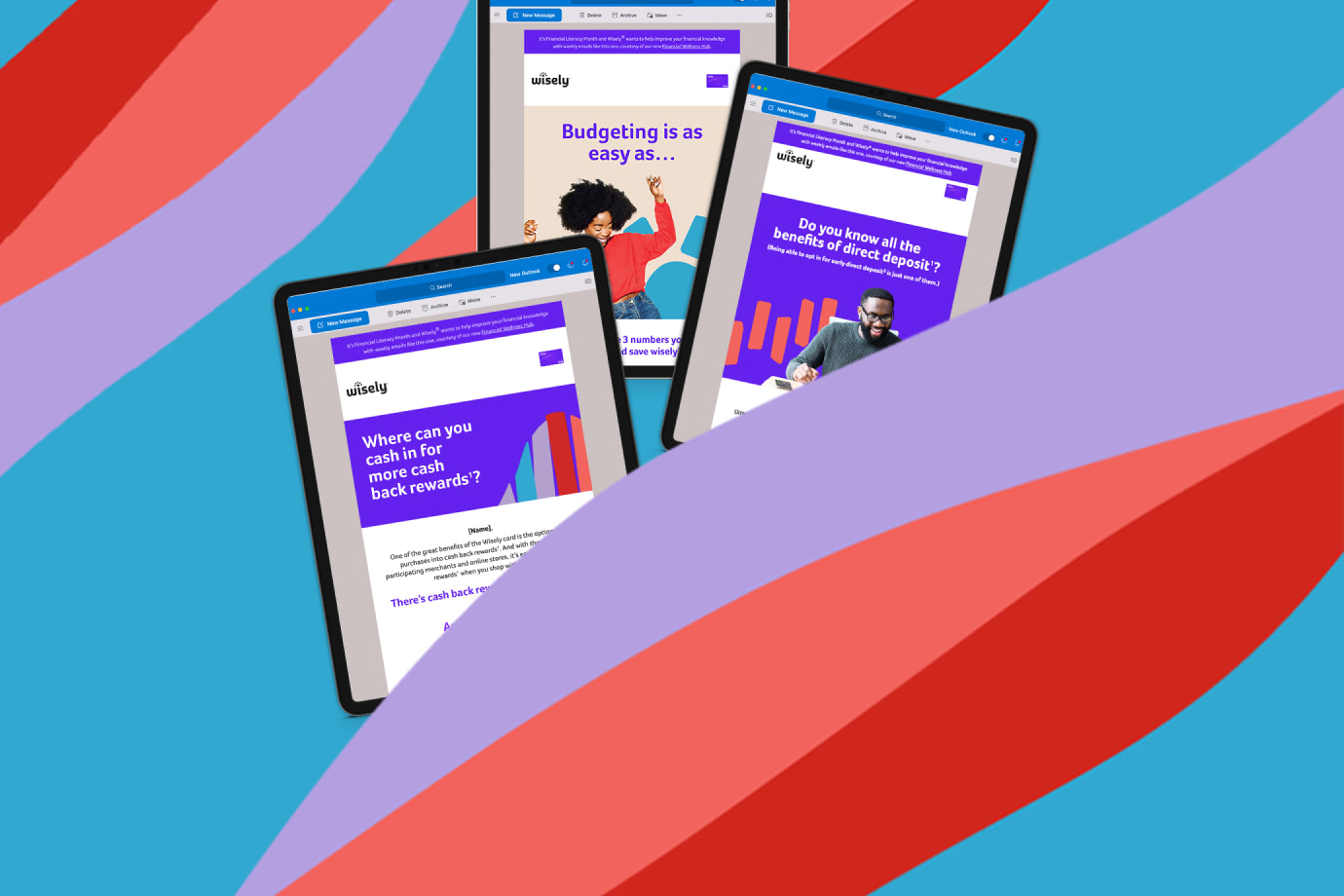How Credit Card Issuers Use Influencer Marketing to Drive Acquisition

We all know the power of influencer marketing and the grip it has on consumers. After all, how many times have you found yourself hitting “Add to cart” after seeing a product in a photo or video from a social media star?
Don’t worry — we aren’t judging. This form of marketing is captivating and compelling, which is why it’s embraced by virtually all industries, including financial services, across nearly all social media platforms. We first wrote about influencer marketing for financial services back in 2019, and since then, it has become an integral and nuanced part of the digital landscape. For FS brands, it’s not enough to simply have influencer representation. To be competitive, FS brands need to do it *and* do it right, with an informed, strategic approach.
Let’s take a closer look at the current state of influencer marketing among financial brands.
Influencer Marketing By the Numbers
As financial services brands increasingly compete for digital engagement, data reveals the increasing depth and number of opportunities associated with influencer marketing:
- According to GRIN’s 2024 Modern Consumer Survey, cited by Business Wire, 74% of U.S. consumers have purchased a product because an influencer recommended it. It’s also worth noting that influencers are credited with impacts beyond product purchases: According to the survey, influencers also sway consumer hobbies, vacation choices and more.
- Investment in influencer marketing is expected to reach $52.7 billion by 2028, according to Statista.
- 44% of advertisers plan to increase investment in influencer content, reports IAB.
- 39% of consumers are watching more influencer content than they were the previous year, says IAB via Marketing Dive.
- 62.4% of brands are now working with more than 10 influencers, according to Famesters 2025 Marketing Report.
What Makes an “Influencer”?
The influencer side of social media can be downright enchanting. Many “typical” influencers live aspirational lifestyles, with picture-perfect highlight reels and carefully curated aesthetics that fit their vibe. Giving followers a front row view into “the dream” creates fertile ground for promoting a product that could be, in consumer eyes, the gateway to a more elevated lifestyle.
It’s key to note that not all influencers fit the description above. According to Cornell University’s Brooke Erin Duffey, social media influencers are simply “a subset of digital content creators defined by their significant online following, distinctive brand persona and patterned relationships with commercial sponsors.” In short, it’s really about the audience these personalities build and how deeply followers connect with them. Some of the more “aspirational” influencers (macro-influencers) may have enormous followings in the millions. But it’s important to not overlook micro-influencers, who make up for smaller follower counts with impressive audience engagement, often in specific niches.
The Benefits of Influencer Marketing for Brands
Make no mistake — influencers offer a lot more than just glimpses into a dream life or specific hobbies. Here are a few top-level benefits:
- Influencers create valuable relationships with their followers and become trusted sources of information, especially for things like purchasing decisions.
- Since influencer audiences come in all sizes, influencer marketing can suit a variety of budgets.
- Influencers can produce rich content that promotes products in unique ways, zooming in on product features, benefits or utility, such as down-to-earth how-to demos. They can also offer some exciting engagement, by answering questions and offering specials or discounts.
- Given the digital nature of influencer marketing, detailed performance data abounds. It’s easy for brands to gather data on campaign reach, impressions, engagement rates and more.
- Influencers know how to create messages that resonate with their audience — that’s how they grew their followings in the first place. They can share details about products or services in a way that’s meaningful to the people who follow them.
- Data from Creator IQ x Aberdeen Strategy & Research and Statista shows that influencers really do move the needle on results by:
- Increasing impressions by 9.1 times
- Achieving sign ups from 4% of their total audience
- Improving conversion rate by 11.7 times
- Increasing engagement with a product by 8.2 times
- Boosting customer retention over the course of a year by 4.3 times
How Financial Institutions Can Benefit from Influencer Utilization
Now that we’ve reviewed some general benefits of influencer marketing, how do those apply to financial institutions?
- Influencers (or “finfluencers”) can help simplify complex credit card benefits. Influencers can often share engaging narratives, meaning they can tell fun, digestible stories that make it easy to understand how credit card perks play out in real life. A talented influencer can “show” just as much as they “tell.”
Check out this example Instagram Reel from Kyle Parks (@adventure_parks), who routinely shares content on traveling the world with credit card points and airline miles. In this Reel, he shares how a Chase Sapphire card gives access to rental car perks when traveling.
2. Micro-influencers can help FS brands reach niche audiences. We’ve observed that more companies prefer to use micro-influencers with more niche audiences. Typically, these influencers see higher engagement and conversion metrics compared to famous influencers, resulting in a better ROI. These audiences also tend to be high intent.
Here’s an Instagram Reel from travel micro-influencers (38,000 followers) Simran Sahni and Jimmy Grover (@jimmyandsimran) on how using their American Express Platinum Card snags travel perks around the world. Note that they also share an affiliate link in the post copy.
3. Financial influencer marketing blends influence with affiliate marketing for bigger impact. Combining social influence with affiliate marketing carries extra oomph because it merges emotional storytelling with trackable performance. For example, when an influencer shares a link to a card application within an Instagram story or post, it can be very effective.
The bottom line? Financial brands can’t afford to sit on the sidelines while their competitors build authentic connections through influencer partnerships. Success comes down to doing it thoughtfully, strategically and with genuine value for individual audiences.







